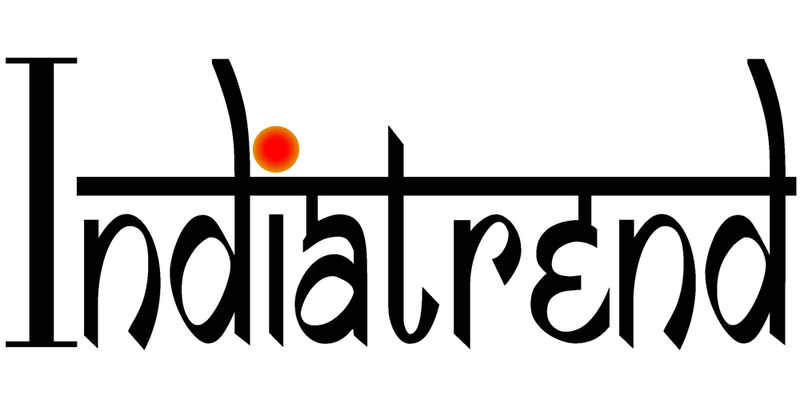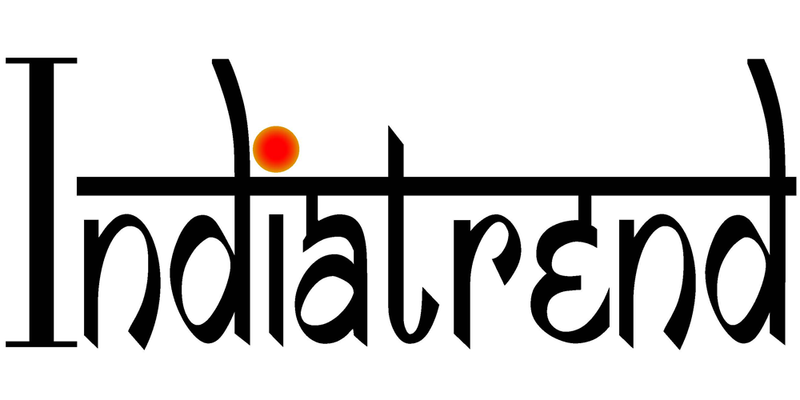Adorning the Bride: Essential Wedding Jewellery Every Indian Bride (and Beyond) Should Consider
The dazzling world of Indian wedding jewellery transcends mere adornment. Each piece carries cultural significance, whispers blessings, and becomes a cherished heirloom passed down through generations. Whether you're an Indian bride-to-be envisioning your dream trousseau, a Sikh bride seeking elegant pieces, a Muslim bride desiring jewellery that complements your traditions, or an NRI bride wanting to connect with your heritage, this guide explores the essential pieces that complete a bride's ensemble.
Solah Shringar: A Legacy of 16 Adornments
Traditionally, Indian weddings incorporate the concept of "Solah Shringar," which translates to "Sixteen Adornments." This symbolic ritual involves adorning the bride with 16 specific pieces of jewellery, each believed to bring prosperity, good luck, and marital bliss. While interpretations may vary slightly across regions and religions, here are some key pieces to consider:-
Maang Tikka: This delicate ornament graces the forehead, signifying the union of the bride and groom. It can be a simple chain with a pendant or an elaborate piece adorned with pearls, gemstones, or gold work.
-
Necklace (Haar): The necklace is a central element, with various styles like the Rani Haar (a long, multi-layered necklace) or the choker-style Choker Haar. The choice often reflects regional traditions and family heirlooms.
-
Earrings (Jhumkas or Bali): From the cascading elegance of Jhumkas to the classic hoops of Balis, earrings add a touch of grace and frame the bride's face beautifully.
-
Nath (Nose Ring): A symbol of marital status in many cultures, the Nath can be a simple stud or a more elaborate ring adorned with pearls or precious stones.
-
Bangles (Chooda or Kangan): Colorful bangles, traditionally made of glass or lac, adorn the bride's wrists. Sikh brides often wear colorful Choora, while Muslim brides might opt for gold or metal bangles.
-
Waistband (Kamarbandh): This intricately designed belt accentuates the bride's waistline and is believed to bring marital strength.
-
Anklets (Payal): The gentle clinking of anklets signifies the bride's arrival and adds a touch of musicality to her movements.
-
Rings (Haath Phool): Delicate finger rings adorn the bride's hands, often featuring intricate designs or family emblems.
-
Toe Rings (Bichua): Similar to the Nath, toe rings hold cultural significance and can be simple or embellished with gemstones.
Beyond Solah Shringar: Exploring Additional Pieces
While Solah Shringar forms the foundation, many brides incorporate additional pieces to personalize their look:- Mangalsutra: A sacred thread worn by Hindu brides after the wedding ceremony, the Mangalsutra signifies marital status and blessings for a long and happy union.
- Tikli: A smaller version of the Maang Tikka, the Tikli can be worn on the center of the nose or beside the nostril.
- Armband (Bajubandh): This beautiful arm ornament adds a touch of grandeur and complements the bangles.
Choosing Your Bridal Jewelry Set:
With a plethora of options available, selecting your ideal bridal jewellery set involves considering several factors:- Wedding Style: A grand Indian wedding might call for a more elaborate jewellery set, while a Sikh wedding or Muslim wedding ceremony might favor a more understated elegance.
- Lehenga Design: The jewellery should complement the lehenga's color, fabric, and embellishments. For instance, a heavily embellished lehenga might pair well with simpler jewellery, while a plain lehenga could be accentuated with a more elaborate set.
- Regional Traditions: Respecting your cultural heritage is key. Research traditional jewellery styles specific to your region or religion for inspiration.
- Personal Preferences: Ultimately, the jewellery set that makes you feel most radiant and confident is the perfect choice. Don't be afraid to experiment and find pieces that resonate with your personal style.
Beyond the Bling: Caring for Your Heirlooms
Bridal jewellery is often an investment passed down through generations. Here are some tips for proper care:- Store Carefully: Keep your jewellery in airtight containers or fabric pouches to prevent tarnishing and scratches.
- Clean Gently: Use a soft, lint-free cloth to wipe your jewellery after each use. Consult a jeweler for professional cleaning of delicate pieces.
- Avoid Harsh Chemicals: Keep your jewellery away from perfumes, lotions, and harsh chemicals that can damage the metal or gemstones.
Embrace the Legacy, Embrace the Beauty
Wearing Indian wedding jewellery is more than just adorning yourself with precious metals and stones.



